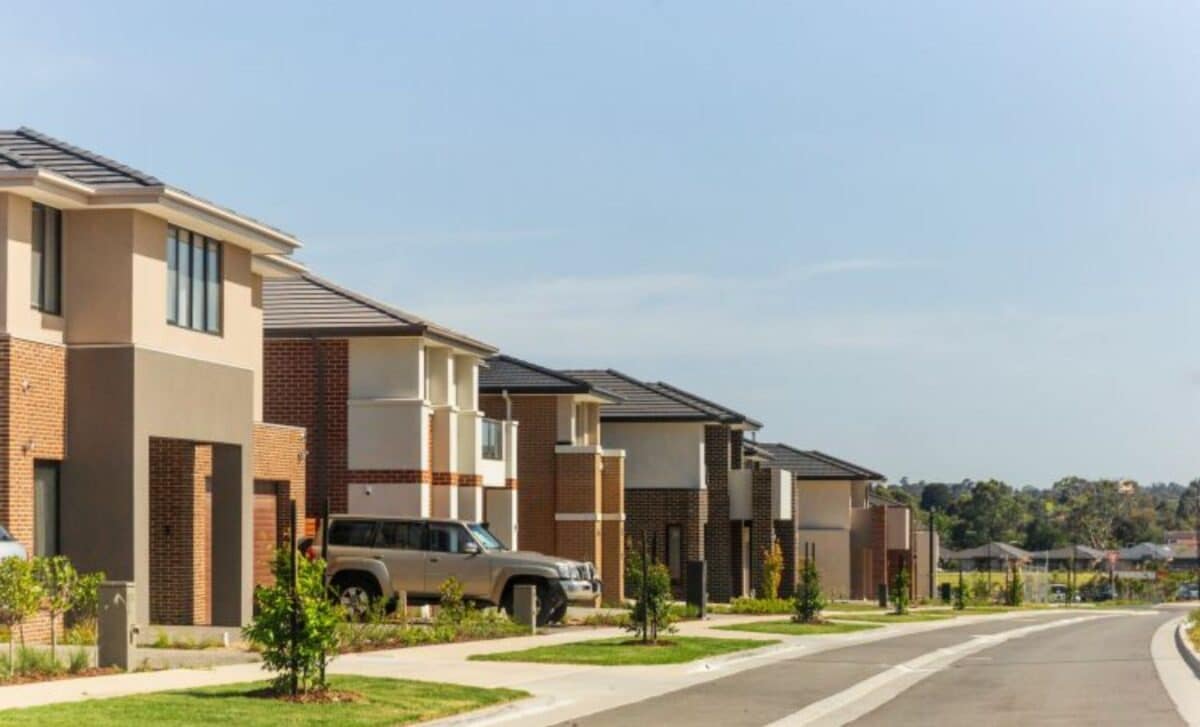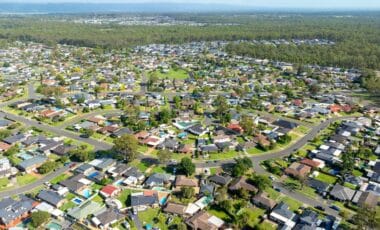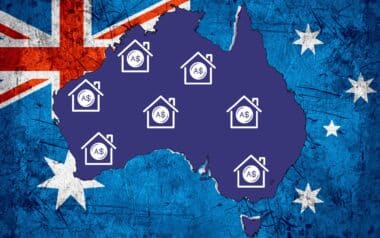The New South Wales government has launched a new reporting mechanism aimed at exposing the agencies responsible for delays in housing development approvals. The State Agency League Table will monitor how efficiently key entities are handling planning processes.
The scheme follows earlier efforts to increase transparency at local council level and is part of a broader push to fast-track the delivery of new homes. It is intended to highlight bottlenecks in the system and improve accountability across the housing pipeline.
State Agencies Placed Under Scrutiny for Planning Slowdowns
The new State Agency League Table, introduced by NSW Premier Chris Minns, tracks the performance of 22 state entities involved in housing approvals.
These include government departments, state-owned corporations, and utilities such as Sydney Water, AusGrid, and the Environment Protection Authority. These agencies are tasked with reviewing concurrences, integrated development approvals and referrals (CIRs) before a local council can approve a development application.
Each body’s performance is now being measured against legislated timeframes: 21 days for standard reviews, or 40 days for applications not publicly exhibited. The state has set a benchmark that 90% of CIRs should be completed within the required period.
According to the government’s first release, performance varies widely. For example, Sydney Trains met the benchmark in 95% of cases, while Hunter Water Corporation managed just 47%.
The aim, according to Planning Minister Paul Scully, is to ensure the planning pipeline works “as efficiently as possible”. He said the initiative would help improve internal government processes and speed up the delivery of new housing across the state.
Industry Groups Support Transparency to Resolve Backlog
The move has been welcomed by key property industry bodies who say bureaucratic delays have held up construction-ready projects.
According to Stuart Ayres, CEO of the Urban Development Institute of NSW, the reporting tool “is critical to ensure that where these proposals move forward, they don’t get through the development application front door only to find themselves in a deeper, darker waiting room,” after development approval.
He added that even viable projects often take two to three years to complete, making every day of delay significant.
The Property Council of NSW also backed the new approach, describing it as “a positive move towards holding government agencies accountable for unnecessary delays”. Executive Director Katie Stevenson pointed to long-standing issues with post-approval processes that have slowed down shovel-ready developments.
This public tracking system builds on the existing Council League Table, which ranks local government areas by the average time they take to assess development applications.
Processing times in that report varied from 238 days in Wingecarribee Shire to just 16 days in Brewarrina, highlighting inconsistencies across jurisdictions. By expanding the scope to include state agencies, the government aims to create a more comprehensive view of the delays affecting NSW’s housing supply.









